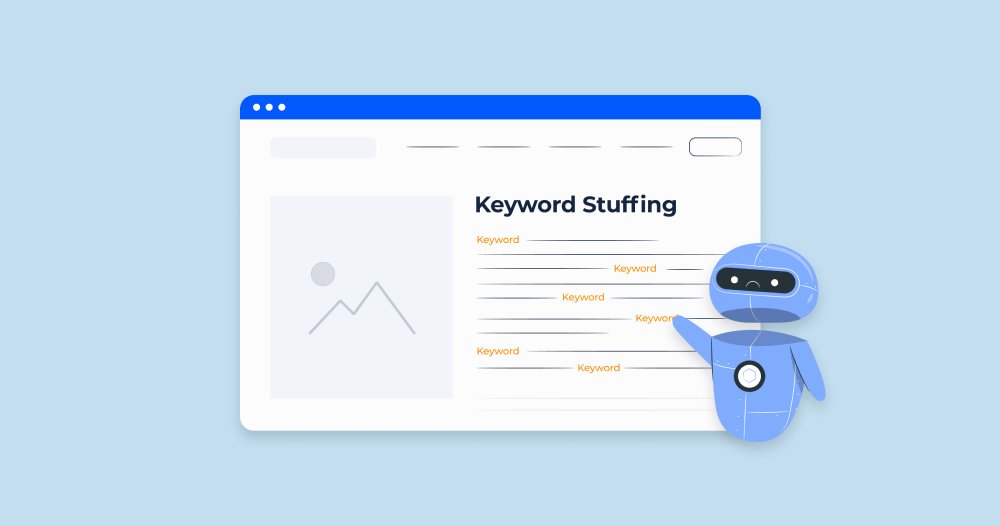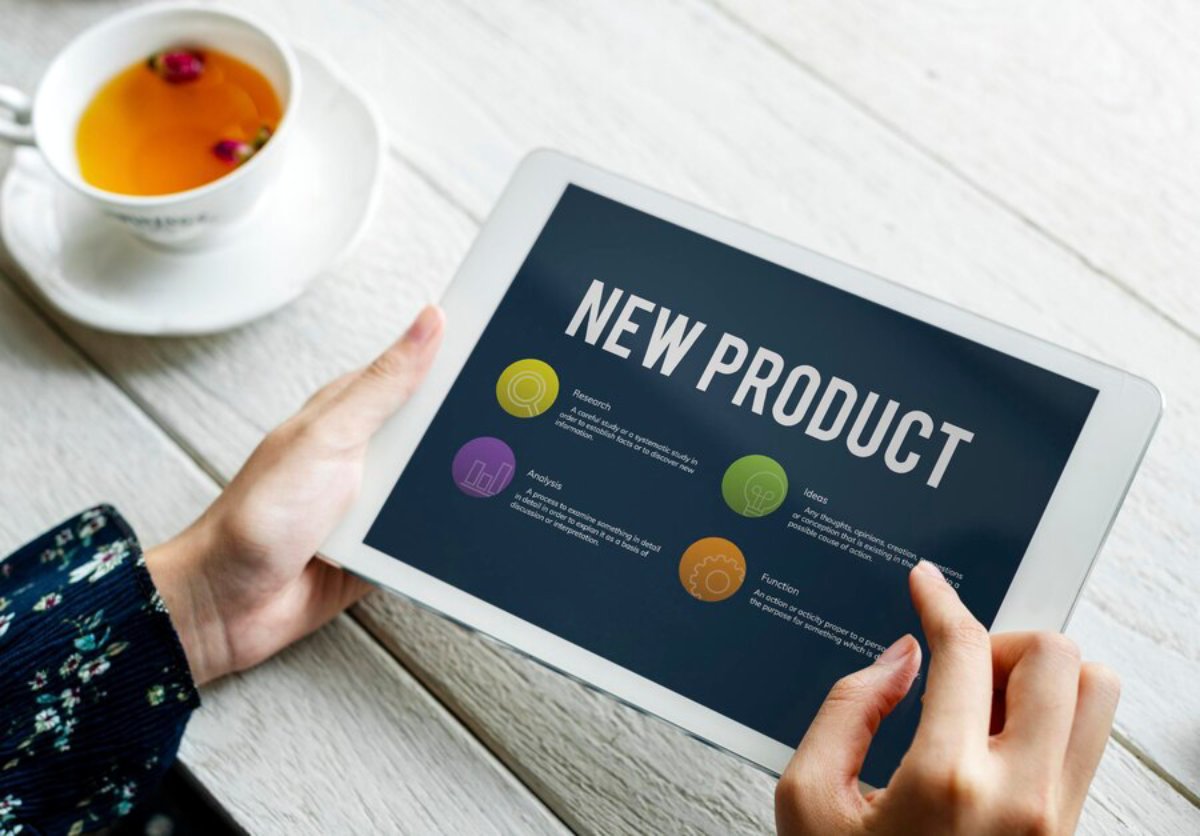When buying online, consumers can’t touch or test products. Enter high-converting product descriptions. They link physical experience with digital engagement. A great product description tells and sells. It can affect purchasing decisions and increase sales.
Optimised product descriptions are left out in many e-commerce businesses. But, with the right strategy, they can help conversion rates. There is also a benefit of writing great descriptions for SEO. It enhances the visibility of search results.
In this article, we dive into how to craft high-quality product descriptions that convert. You will understand how to utilise SEO for e-commerce products, write prose that sells, and create your product pages to shine.
The Importance of High-Converting Product Descriptions
A product description is more than a list of features. It acts as a sales pitch, branding tool, and SEO asset. Well-written descriptions:
- Improve search engine rankings, bringing more organic traffic.
- Engage buyers by addressing their pain points and desires.
- Differentiate your product from competitors.
- Reduce cart abandonment by setting accurate expectations.
- Increase trust and credibility, positioning your brand as an authority.
Without a high-converting product description, your page is just another listing. A strong description gives your product an edge, making it more appealing to customers.
Let’s break down the key elements of a practical product description.
Understanding Your Target Audience
Before writing, understand your audience and what motivates them. Ask yourself:
- Who is your ideal customer? Consider demographics and buying behaviour.
- What problem does your product solve? Address pain points.
- What objections might they have? Counter these with benefits.
Understanding customer intent is vital for writing high-converting descriptions. For example, a luxury skincare brand will have a different tone than a budget-friendly brand. Use customer research, surveys, and competitor analysis to refine your messaging.
Structuring Your Product Description for Maximum Impact

1. Craft a Compelling Product Title
The title is the first thing customers notice. It should be:
- Clear and descriptive (e.g., “Organic Anti-Ageing Night Cream with Retinol”).
- Keyword-optimized for SEO (e.g., “Best Anti-Wrinkle Night Cream | Organic & Natural”).
- Benefit-driven (e.g., “Deep Hydration Night Cream – Wake Up with Radiant Skin”).
A strong title helps customers understand your product while improving SEO for e-commerce products.
2. Write an Engaging Opening Sentence
The first line should grab attention. Instead of stating the obvious, highlight a key benefit.
Example: Instead of saying, “This is a high-quality blender,” try, “Blend smoothies, soups, and sauces effortlessly with a powerful 1000W motor.”
This opening creates an emotional connection, making the reader feel your product is what they need.
3. Use a Persuasive yet Informative Tone
Balance persuasion with facts. Use a conversational tone that feels like expert advice.
For example, instead of saying: “This laptop has 8GB RAM and a 256GB SSD.”
Say: “Experience lightning-fast performance with 8GB RAM and a 256GB SSD for smooth multitasking.”
4. Highlight Benefits Over Features
Features tell, but benefits sell. Explain how features improve the customer’s life.
Example:
- Feature: “Made from 100% organic cotton.”
- Benefit: “Enjoy ultra-soft comfort with our 100% organic cotton fabric, perfect for sensitive skin.”
Shoppers want to know why a feature matters to them.
5. Use Sensory and Power Words
Sensory words help customers imagine using your product. Powerful words evoke emotion and urgency.
- Sensory words: Soft, smooth, vibrant, crisp, refreshing
- Power words: Exclusive, premium, revolutionary, effortless, guaranteed
Example: “Indulge in the silky-smooth texture of our premium chocolate, handcrafted for an irresistible experience.”
These words make descriptions more engaging.
6. Optimise for SEO
SEO is key for discoverability. Here’s how:
- Include primary keywords naturally in the title and body.
- Use long-tail keywords like “best product page copywriting techniques.”
- Optimise meta descriptions with compelling CTAs (e.g., “Shop now for free next-day delivery!”).
- Utilise image alt text with descriptive keywords (e.g., “Luxury silk bedding set for king-size bed”).
7. Use Bullet Points for Easy Scanning
Shoppers skim rather than read deeply. Bullet points improve readability and highlight key points.
Ultra-lightweight and compact design for easy portability
Waterproof and sweat-resistant – perfect for workouts
Up to 24 hours of battery life for all-day listening
8. Incorporate Social Proof
Customer reviews add credibility. Include quotes from happy customers or mention awards.
Example: “Rated 4.9/5 by over 10,000 satisfied customers!”
Social proof reassures potential buyers.
9. Create Urgency and a Strong CTA
Encourage immediate action by adding urgency:
- “Limited stock available – order yours today!”
- “Exclusive online offer – save 20% for a limited time.”
End with a clear call-to-action: “Add to cart now and experience the difference!”
Common Mistakes to Avoid

Even good intentions can lead to poor conversions if you make these mistakes:
Keyword stuffing – Makes content unreadable.
Overloading with jargon – Keep it simple.
Being too generic – Avoid bland phrases like “good quality material.”
Lack of storytelling – Bring your product to life with vivid descriptions.
Start Writing Today!
Creating high-converting product descriptions requires creativity, a sound SEO strategy, and customer-first language. With benefits, SEO, and developing an experience, you can transform your item pages into effective sales tools.
Key Takeaways:
- Focus on benefits over features.
- Use persuasive and sensory words to evoke emotions.
- Optimise for SEO while keeping it readable.
- Incorporate social proof and urgency to drive action.
Start using these techniques today and watch your conversion rates soar!


